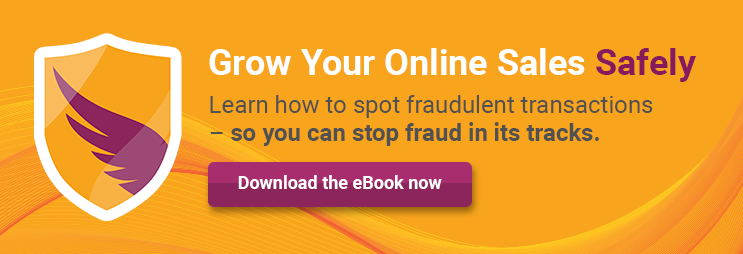Is Your International Payment Gateway Increasing Your Risk for Fraud?
Fraudulent credit card transactions, in particular, are a major point of concern for online merchants with international sales, since it can be near impossible to reliably verifying customers are who they say they are.
Not all international payment gateways include automatic fraud protection, while some security measures (such as address verification) simply don’t work outside of a select few countries. Merchants may find themselves largely on their own to determine whether an international sale is, in fact, valid.
The Inherent Challenges with International Payment Gateways
Why is validating an international sale such a big deal? Because foreign orders placed with U.S. merchants are estimated to be as much as three times more likely to be fraudulent than domestic orders.
It’s not just a matter of keeping out fraudulent transactions, but also making sure legitimate foreign transactions are allowed through. PaymentsSource recently reported that 18% of foreign e-commerce transactions are declined worldwide, since many fraud detection systems are set to automatically deny credit cards from certain countries—regardless of actual legitimacy.
Between the two extremes of actual fraud and false declines, if your international payment gateway isn’t getting the job done, you may be losing out on many of the benefits of going global in the first place.
Steps to Take to Maximize Sales and Minimize Fraud
While there’s no way to eliminate the risk of fraudulent foreign transactions entirely, there are a number of steps businesses can take to help mitigate the threat, including:
Inspect IP Addresses
An Internet Protocol address—or IP address—is generated every time a computer connects with the internet. Identifying an online customer’s IP address will tell you exactly where in the world that customer was when he/she placed the order.
Mismatches between IP addresses and general shipping addresses should always flag a manual review of a transaction, as should IP addresses from high-fraud-risk countries such as Indonesia, South Africa and Venezuela. If you need to conduct a manual review, you may need to be prepared to deal with multiple time zones and languages.
Understand Specific Geographic Characteristics
It’s tempting to assume that all transactions in high-risk countries are fraudulent, but the truth is far less simplistic. For example, China is frequently flagged as high-risk, and yet Chinese luxury consumers(particularly the young and wealthy) can have legitimate transaction rates as high as 98.96%.
Making broad assumptions about general locations can lead you to lose potentially lucrative long-term customer relationships.
Look for Outlier Transactions
Keep an eye out for orders that aren’t typical, since they might indicate red flags. For example:
- Exceptionally large orders, particularly with overnight/fast delivery
- Multiple orders placed in quick succession and shipped to different addresses
- Orders placed late at night (especially between the hours of 2:00-4:00am)
- Obviously fraudulent names (john doe), addresses (123 Main Street), or emails (rjgitesm@gmail.com)
Require a Shipping Delay
Fraudsters typically count on getting their hands on your merchandise quickly and then disappearing before a consumer ever realizes their credit card has been stolen—leaving your business holding the bag. Simply stating on your website that all international transactions will be held for 48 hours before shipping may be enough to scare the fraudsters away.
Of course, not every suspicious e-commerce transaction will prove to be fraudulent. Taking your business out into the world is an exciting and potentially lucrative opportunity. Still, it pays to be aware of the risks associated with your international payment gateway before you reach out beyond your borders. Contact contact@clear.sale to learn how we can help make your global transition a smoother, safer and more profitable one.
 Sarah Elizabeth
Sarah Elizabeth
